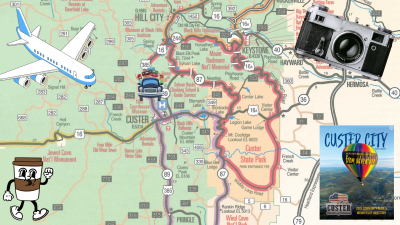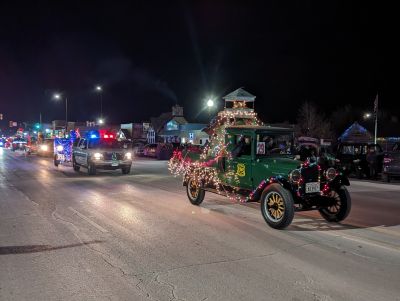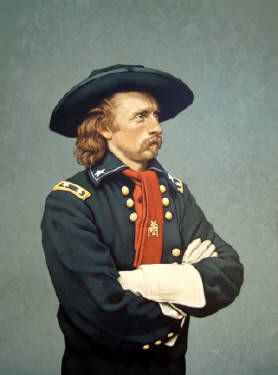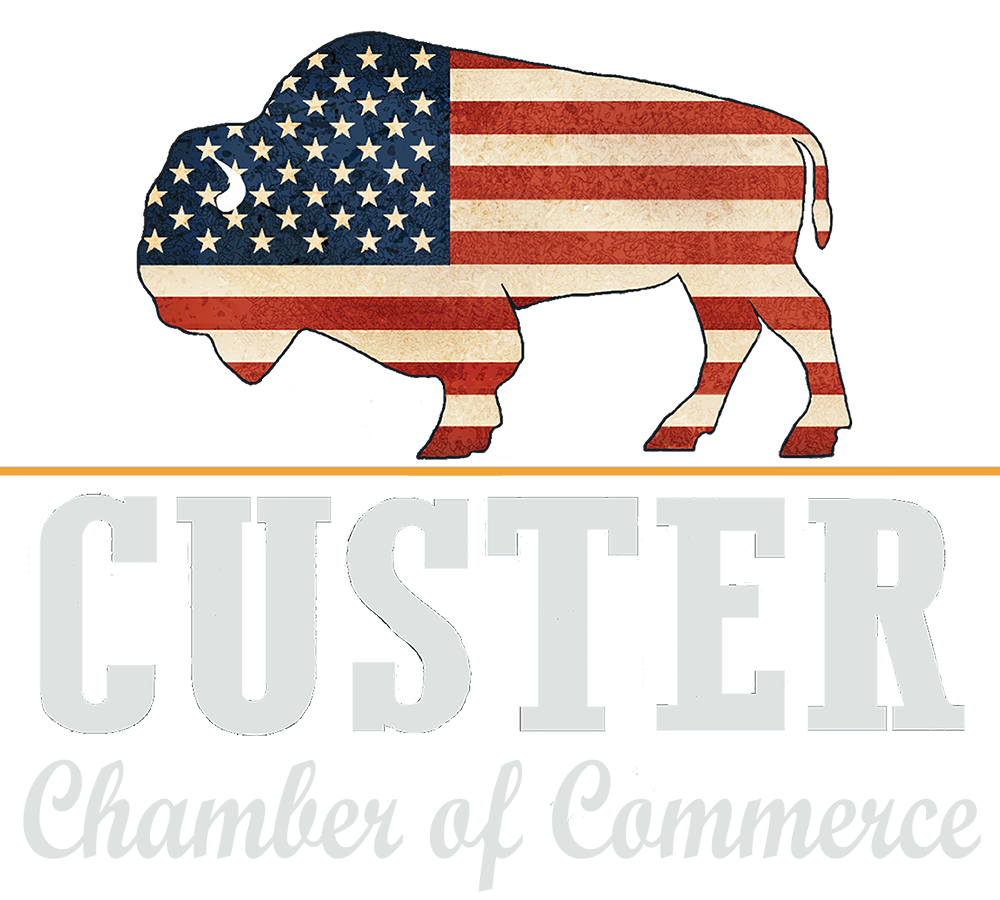| Notable Black Hills People-Lt Colonel George Armstrong Custer Written by Little Bighorn Battlefield National Monument March 26, 2018 George Armstrong Custer was born in New Rumley, Ohio on December 5, 1839. For his entire life he would be called "Autie" by his loved ones, stemming from his own mispronunciation of his middle name. In 1855 he attended a Normal School and by the following year had his teaching certificate to instruct grammar school. It was not long before he grew tired of his profession and soon applied to attend West Point, the U.S. Military Academy. It was not long before Custer's appointment was secured. Custer entered the academy in the fall of 1857. He graduated last in a class of 34 in June of 1861. As the Civil War broke out, Custer emerged from the academy. He chose the Cavalry as his branch of service. Credit: Little Bighorn Battlefield National Monument | BRIDGES OF CUSTER COUNTY March 27, 2024 Groundhog Day! Written by Andrea Spaans February 1, 2024  Plan for Vacation Day Written by National Day Calendar January 29, 2024  Christmas Lights December 20, 2023 Holidays in the Hills November 22, 2023  |

|
||||
|
|
||||





